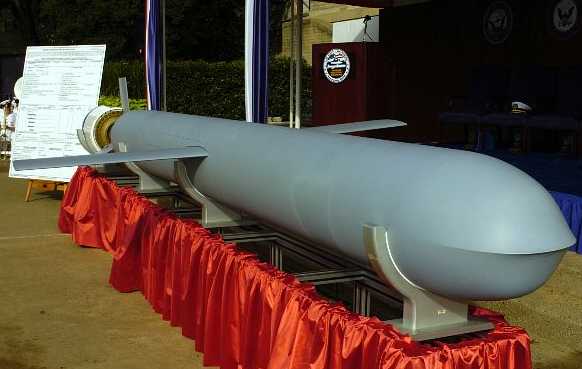Raytheon Awarded $346 Million for Block IV Tomahawk Missile Production

TUCSON, Ariz., March 15, 2006 /PRNewswire/ -- Raytheon Company (NYSE: RTN)
has been awarded a $346 million contract increment to supply the U.S. and
United Kingdom navies with the Block IV (Tactical) Tomahawk cruise missile.
This is the third installment on a multi-year contract whose value could reach
$1.6 billion.
The fiscal year 2006 production contract calls for production of 473
missiles, 65 of which are the submarine torpedo tube-launched variant for the
U.K. Manufacturing work will be done at Raytheon's Missile Systems businesses
in Tucson, Ariz., and Camden, Ark., and is expected to be completed in 2009.
Raytheon began delivering Block IV missiles to the U.S. Navy in mid-2004.
Block IV Tomahawk is the next generation of the Tomahawk family of cruise
missiles, incorporating innovative technologies to provide new, flexible
operational capability while dramatically reducing acquisition, operations and
lifecycle support costs.
Raytheon Company, with 2005 sales of $21.9 billion, is an industry leader
in defense and government electronics, space, information technology,
technical services, and business and special mission aircraft. With
headquarters in Waltham, Mass., Raytheon employs 80,000 people worldwide.
Note to editors:
Block IV Tomahawk is the centerpiece of the Navy's new Tomahawk Baseline
IV Weapons System. The system integrates the Block IV missile with improved
mission planning and platform weapons control capabilities. This latest
version of the Navy's surface- and submarine-launched precision strike
standoff weapon incorporates innovative technologies to provide unprecedented
operational capabilities while dramatically reducing acquisition, operations
and support costs. The Block IV missile has a 15-year warranty and
recertification cycle, compared with the Block III variant's eight-year
recertification cycle.
The new capabilities that Block IV Tomahawk brings to the Navy's sea
strike capability are derived from the missile's two-way satellite data link
that enables the missile to respond to changing battlefield conditions. The
strike controller can "flex" the missile in flight to preprogrammed alternate
targets or redirect it to a new target. This targeting flexibility includes
the capability to loiter over the battlefield awaiting a more critical target.
The missile can also transmit battle damage indication imagery and missile
health and status messages via the satellite data link. For the first time,
firing platforms will have the capability to plan and execute missions. This
new capability will provide Global Positioning System-only missions. Block IV
will also introduce an improved anti-jam GPS receiver for enhanced mission
performance.
The Navy and Raytheon have entered into a five-year procurement contract
to replenish Tomahawk inventory at the most affordable cost. The legacy
program Tomahawk missile is the Navy's weapon of choice for critical,
long-range precision strike missions against high value, heavily defended
targets. The Block IV costs about half the price of a newly built Block III
missile.

 Win a FREE Membership!
Win a FREE Membership!